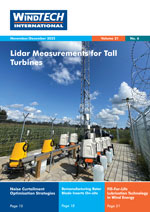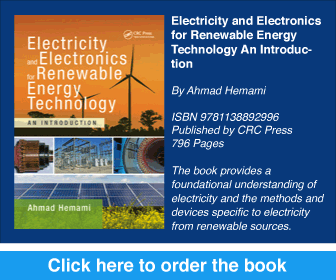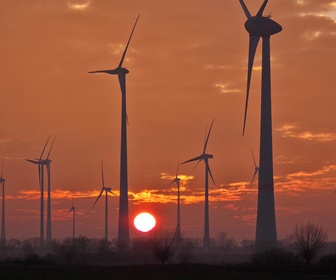 US energy policy shifts under new executive orders
US energy policy shifts under new executive orders
In my note from the November/December issue, I highlighted potential actions President Trump might take upon returning to office. Recent executive orders signed by him confirm a significant shift in US energy policy, particularly regarding renewable energy development.
The Inflation Reduction Act and the Infrastructure Investment and Jobs Act – key components of the previous administration’s climate and infrastructure strategies – are now under review, with a six-month pause on the disbursement of associated funds. This includes allocations for electric vehicle charging networks and renewable energy projects. Federal agencies are required to ensure programmes align with the administration’s priorities of energy affordability, independence and economic security, with stricter oversight from the Office of Management and Budget.
The offshore wind sector faces substantial changes. The administration has instituted a six-month halt on new offshore wind leasing across the Outer Continental Shelf and paused new permits for onshore and offshore wind projects. Existing leases will remain in place but are subject to review for potential changes or cancellations, considering environmental, economic and fishing industry impacts. During this six-month period, the administration will evaluate subsidies, environmental effects on wildlife, and the long-term economic sustainability of wind energy projects. These actions reflect a focus on traditional energy resources and a cautious approach to renewable energy, with potential delays impacting the progress of wind energy projects nationwide.
According to the Natural Resources Defense Council, 99% of US onshore wind projects are located on private land, meaning they are largely unaffected by federal action. However, these projects may still require federal approvals or consultations, particularly when sensitive species or habitats are involved. Legal challenges are also likely to arise as stakeholders contest these decisions.
While onshore wind is expected to face fewer hurdles, offshore wind faces more significant challenges due to Trump’s actions. However, the current bans and reviews are set for an initial period of six months and much can change during that time.
Having observed the wind industry for over 20 years, I’ve seen its ups and downs, but it has always rebounded. I believe this time will be no different. While the USA is a key market, the global potential and developments in other regions can offset any slowdown there. The wind industry has consistently demonstrated resilience and adaptability in the face of challenges, and the current situation is unlikely to be an exception.
Enjoy reading and best wishes for a successful 2025. We look forward to bringing you many technical developments to explore in Windtech International.
Floris Siteur
Publisher










